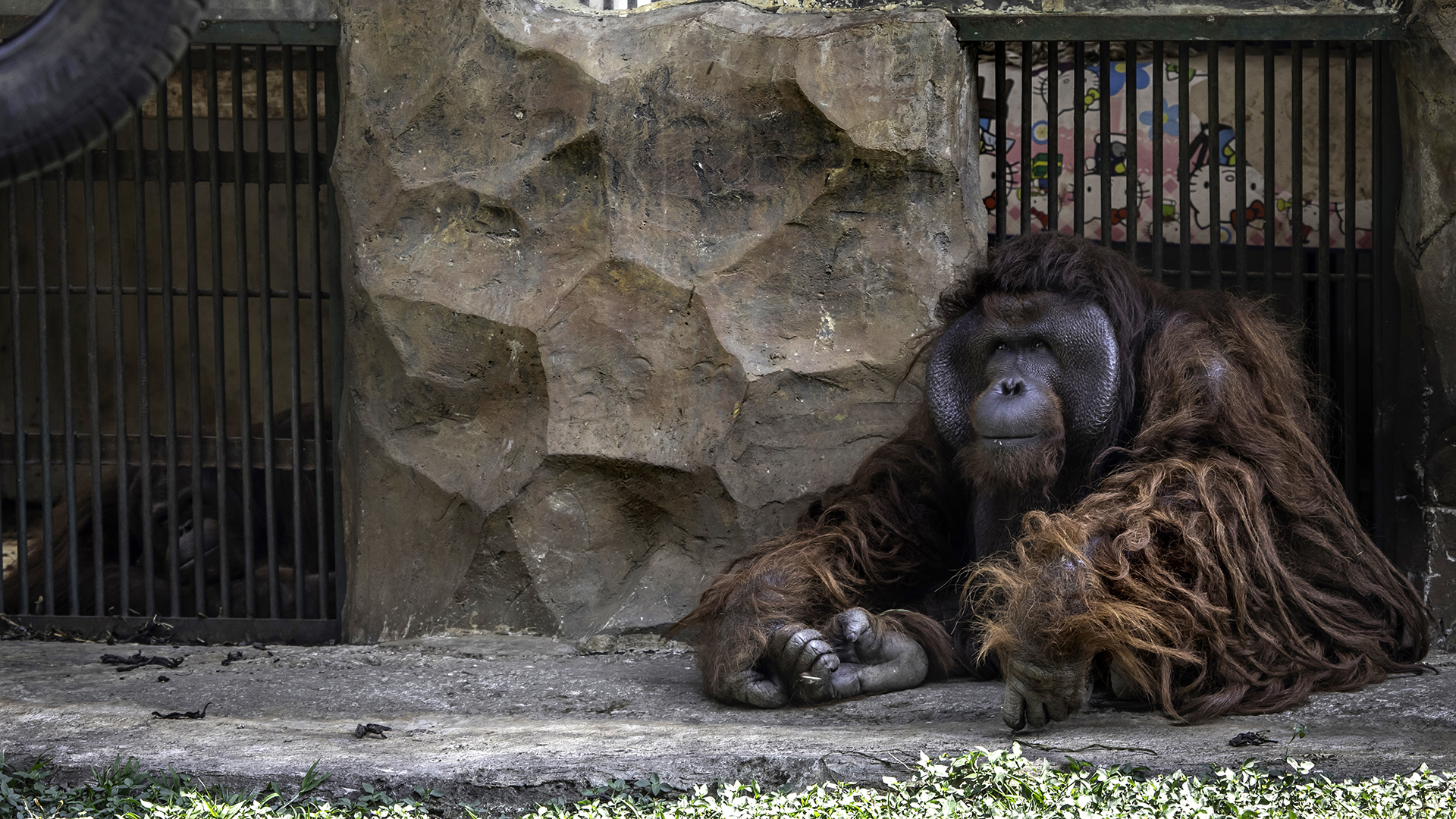ANIMAL WELFARE
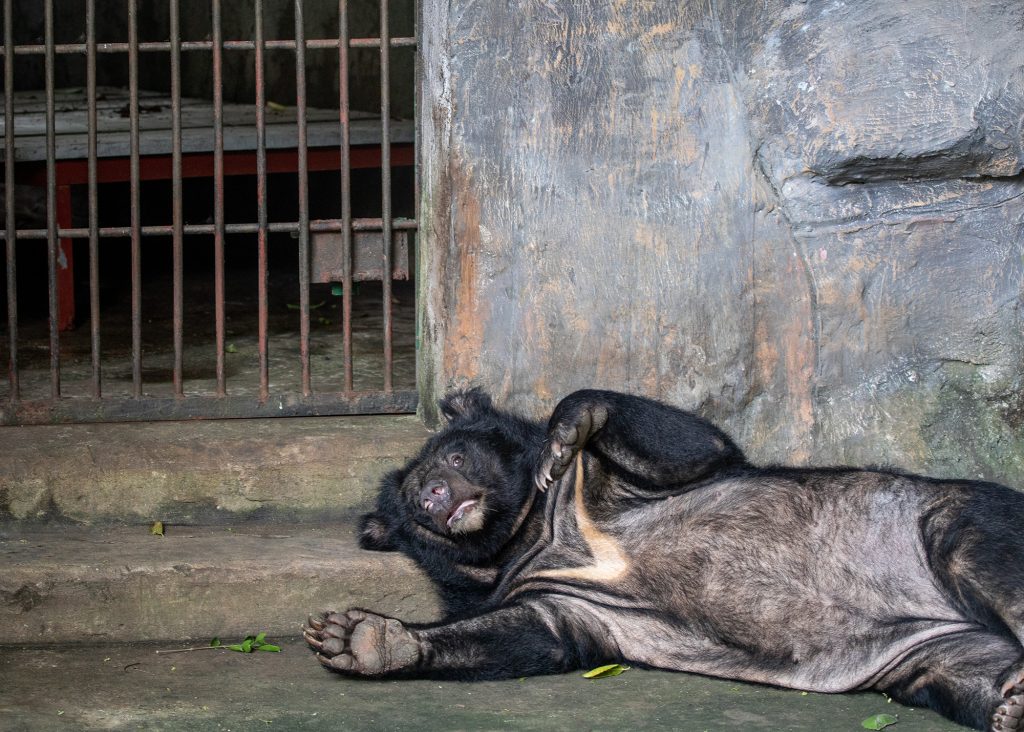
(c) Aaron Gekoski, Born Free
Over the years, Born Free’s investigations have confirmed repeatedly that many zoos do not provide their animals with conditions that meet their physical, environmental, social and psychological needs. In many cases, animals in zoos continue to live in poor, sometimes squalid, cages and enclosures.
Despite attempts by some zoos in recent years to provide their animals with more naturalistic environments, the majority still lack sufficient quantity and quality of space for the animals they keep.
In many countries, the conditions in zoos reflect little or no consideration of the needs of the species or the individual animals. These substandard conditions can result from:
- a lack of resources and funds
- limited knowledge
- negligence by zoo management or staff
- lack of appropriate legislation
- poor enforcement of legislation
- variation in attitudes to animal welfare.
A minority of zoos are members of industry associations, which claim to represent leading and high standard zoos across the world. However, Born Free is concerned the conditions in a significant number of industry association zoos are far from world-class and animal welfare is a real concern.
INVESTIGATION
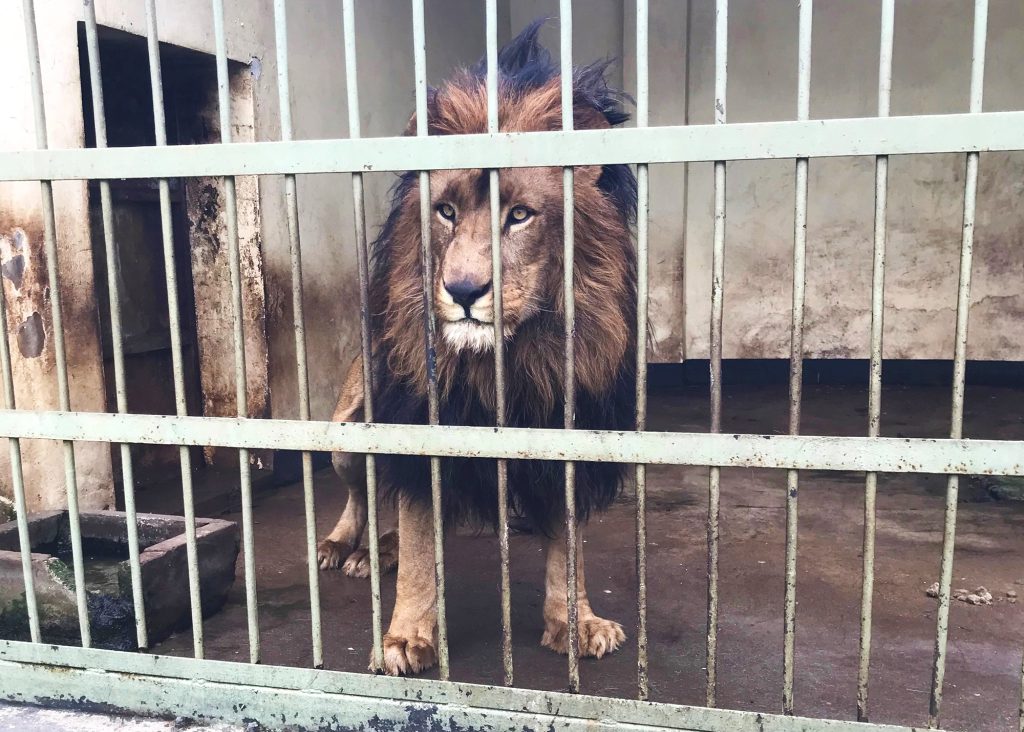
Born Free undertakes site visits to zoos and other captive animal facilities around the world, where possible. We highlight animal welfare concerns, identify non-compliance to legislation and failings in industry standards.
We carried out the first Europe-wide investigation into zoos in 1988, exposing poor conditions and lack of inspection. The evidence gathered during our investigation, called the ‘European Survey of Zoological Collections’, helped to persuade the European Commission that pan-European zoo legislation was necessary, in addition to national zoo laws and zoo industry voluntary standards.
Our work investigating zoos in Europe has continued, such as our extensive investigation called the EU Zoo Inquiry, evaluating the status and performance of zoos in 21 European countries, and reviewing the effectiveness of national zoo legislation, the capacity of national authorities to apply and enforce zoo law, and the performance of zoos against their legal requirements.
We produce hard-hitting reports analysing zoos around the world with a particular focus on commonly held species, such as elephants, giraffes, and polar bears.
Every year, Born Free receives hundreds of visitor reports concerning animal welfare in zoos around the world via our Raise the Red Flag initiative. This vital information is collated and used to assess and evaluate the issues. Where possible, we investigate further and raise concerns with country authorities, as well as encouraging the public to speak out too.
READ: EU ZOO INQUIRY REPORTS
LEGISLATION
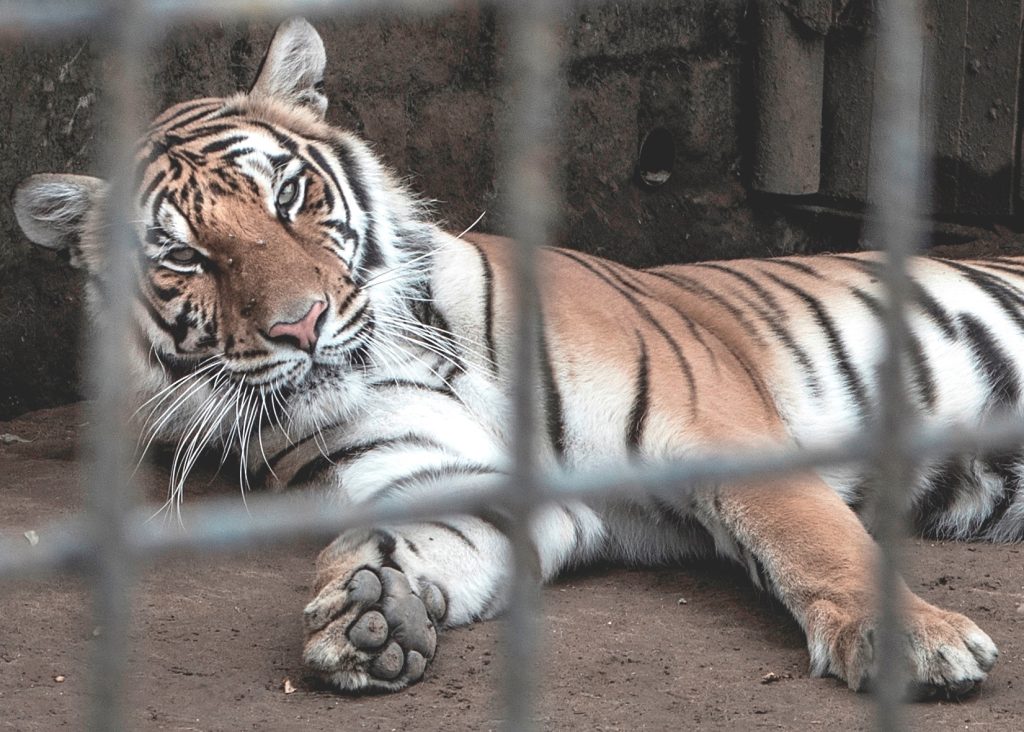
(c) Britta Jaschinski, Born Free
Legislation specifically covering the welfare and husbandry of wild animals in captivity exists in some countries and, if properly enforced, should provide the animals with at least some basic provision and protection.
However, animal welfare is not always a high priority in certain countries and a lack of understanding or application of these laws can lead to poor standards.
Sadly, in many countries there is no specific legislation to protect animals in zoos, while other countries have no general animal welfare legislation at all – meaning zoos with mistreated animals are able to persist and even multiply. Even where legislation specific to zoos exists, it may be poorly enforced by the relevant authorities.
TAKING ACTION
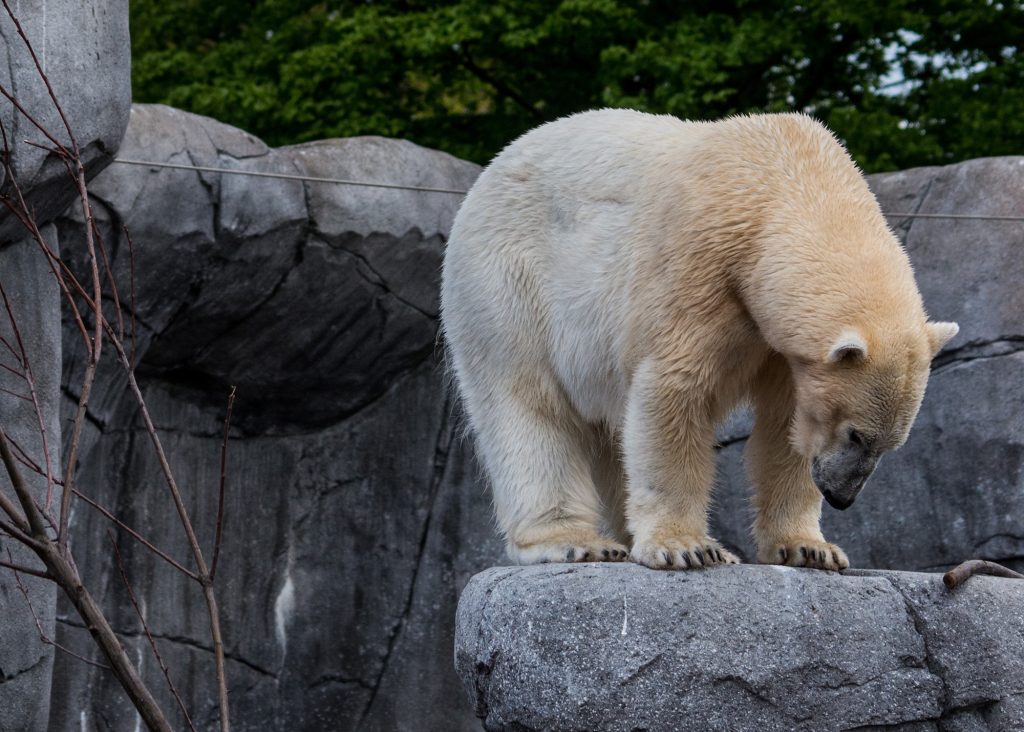
(c) Jo-Anne McArthur, Born Free
Born Free calls for advances in animal welfare and improvements to, and compliance with, any existing animal welfare legislation. If no relevant legislation exists, we urge governments to establish it, and offer our advice and guidance where possible.
We challenge industry associations and relevant bodies that claim to regulate zoos and produce animal husbandry guidelines.
Our Raise the Red Flag initiative enables people around the world to report captive wild animal concerns, highlights animal welfare issues, shares information and provides advice on how you can take action to help wild animals in captivity.
All the information we receive from public reports is vital in providing evidence to support our advocacy efforts to secure policy change and effective legislation; our work seeking improvements to animal welfare; and to help individual captive animals.
Born Free works in close collaboration with many like-minded campaign groups and individuals, forming a wide range of influential international coalitions, alliances and partnerships focused on the protection and welfare of wild animals in captivity.
We aim to ensure the public, relevant authorities and stakeholders are aware of, and taking action on, the issues we seek to address. We also encourage an informed public to refocus their support for conservation and to keep wildlife where they belong – in the wild.
For specific information on zoos and aquaria in the UK, please use the link below.
UK Zoos and Aquaria

